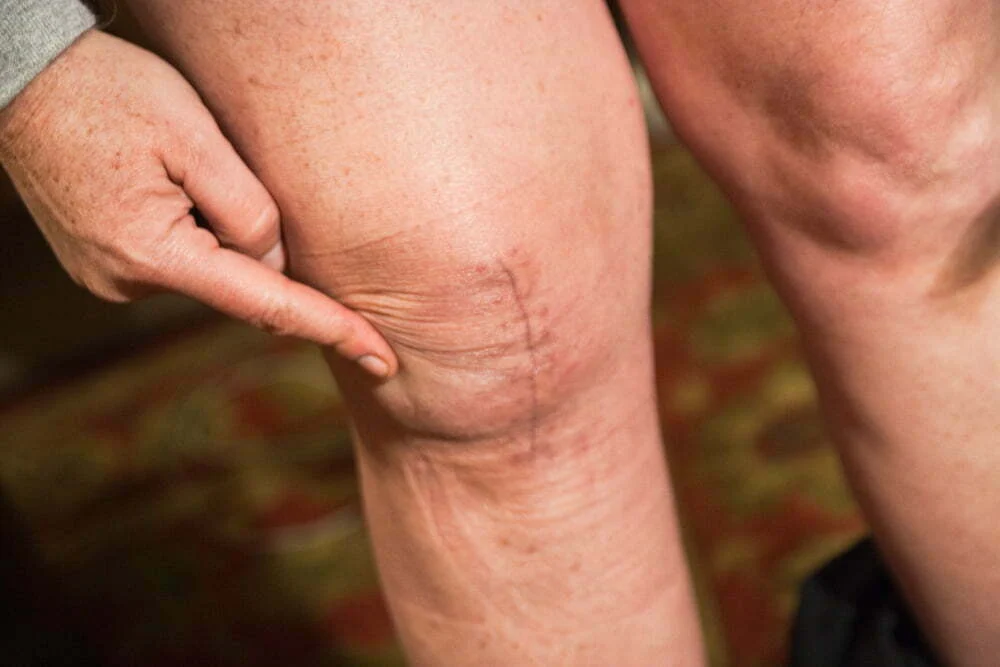

Total knee and hip replacements are two of the most common surgeries performed in the world. They are used to relieve pain and improve function in people with severe arthritis of the knee or hip.
The rehabilitation process after a total knee replacement (TKR) or total hip replacement (THR) is essential for a successful outcome. It helps to improve range of motion, strength and endurance, as well as teaching patients how to safely perform activities of daily living.
The rehabilitation process typically begins in the hospital, soon after surgery. Patients will start with exercises to help them move their new joint and to reduce swelling. They will also learn how to use crutches or a walker to help them get around.
Once patients are discharged from the hospital, they will continue their rehabilitation at home or in an outpatient physiotherapy clinic. The specific exercises and activities that patients do will vary depending on their individual needs and progress.

However, some common exercises that patients may do include:
- Range of motion exercises: These exercises help to improve the range of motion in the knee or hip. They are usually done by slowly moving the joint through its full range of motion.
- Strengthening exercises: These exercises help to build strength in the muscles around the knee or hip. They can be done with weights, resistance bands or the patient’s own body weight.
- Balance exercises: These exercises help to improve balance and coordination. They can be done by standing on one leg, walking on a balance beam or doing other exercises that require the patient to maintain their balance.
- Functional activities: These exercises help patients to regain their ability to perform everyday activities such as walking, climbing stairs and getting in and out of a car.
The rehabilitation process can take several months, but most patients are able to return to their normal activities of living within a year.
Here are some tips for a successful rehabilitation after a total knee replacement (TKR) or total hip replacement (THR):
- Be patient. It takes time to recover from surgery and to regain your full range of motion and strength. Don’t get discouraged if you don’t see results immediately.
- Follow your doctor’s and physiotherapist’s instructions carefully. This will help you to stay on track and to avoid complications.
- Listen to your body. If you are feeling severe pain, stop the exercise and rest. Don’t push yourself too hard.
- Stay active. The more you move, the faster you will recover. Make sure to get regular exercise, even if it’s just a short walk around the block.
- Don’t be afraid to ask for help. If you are struggling with your rehabilitation, talk to your doctor or physiotherapist. They can help you to adjust your exercise program or provide you with additional support.
Rehabilitation after a total knee replacement (TKR) or total hip replacement (THR) can be a challenging process, but it is important to remember that it is essential for a successful outcome. By following the tips above, you can increase your chances of a smooth and speedy recovery.
If you have any questions or concerns about rehabilitation after a total knee replacement (TKR) or total hip replacement (THR), please talk to your doctor or physiotherapist.
